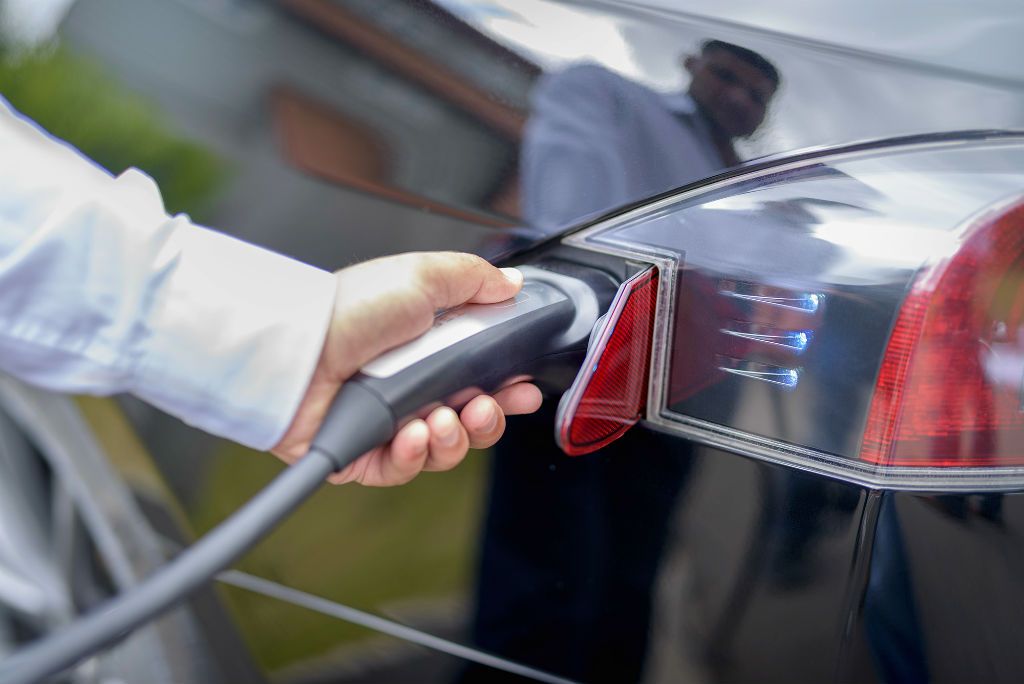Charging ahead
We have found that the electric vehicle revolution poses as much of a challenge for local authorities as it does for distribution network operators (DNOs).

With around a quarter of homes in the UK not having off-street parking, the issue of providing electric vehicle (EV) charging opportunities for these households is a challenge.
We decided to find out exactly what local authorities in our area were thinking by holding two conferences on EV charging specifically for them – and the response was astounding.
"There is a real hunger for consistent and easy-to-understand information"
said WPD Policy Manager Paul Jewell. “While a few authorities are quite advanced in EV charging provision, many have not yet finalised their plans, which gives us the opportunity to work with them at an early stage.
"What was really interesting was that many local authorities were obviously having difficulty in knowing where to start and there’s a particular concern about making sure that investments are future-proof."
The conferences, the first to be held specifically for local authorities by a DNO, were held in Bristol and Birmingham. Many delegates said it was the first opportunity they’d had to discuss preparation for EVs outside their own organisation. For authorities not responsible for highways, the conferences provided an opportunity to highlight the need for a joined-up approach to make the most of funding opportunities.
General issues local authorities are wrestling with include where to site chargers, what type of charger to install, the available capacity on our network, what process to follow, consistency, strategic planning and funding.
But some specialists also attended: those responsible for planning wanted to know how EV charging infrastructure could be integrated into their plans for new homes; others had targets for improving air quality and wanted to understand how EVs could help meet them.
What was clear from the conference was that local authorities are having to strike a balance between projected EV take-up and over-investing in technology that might be obsolete by the time large numbers of EV drivers need it. Some who had installed chargers were reporting continued lack of use whereas others were reporting increasing usage.
Many of the delegates said existing car parks are preferred locations but have concerns about the space chargers will take up. Rural authorities in particular were concerned about finding locations for chargers. There were also reservations about using the streetlight network for EV charging, due to parking pressures and the location of streetlights away from the kerb.
And all of that was before we started to explain the cost and network implications of the different types of charger currently available.
It’s clear we have a lot of work to do to help local authorities manage the challenge of installing chargers for EVs on a large scale,” said Paul. “We received lots of suggestions to help make their lives easier and we’re now working out how we can best address them.
- Innovation
